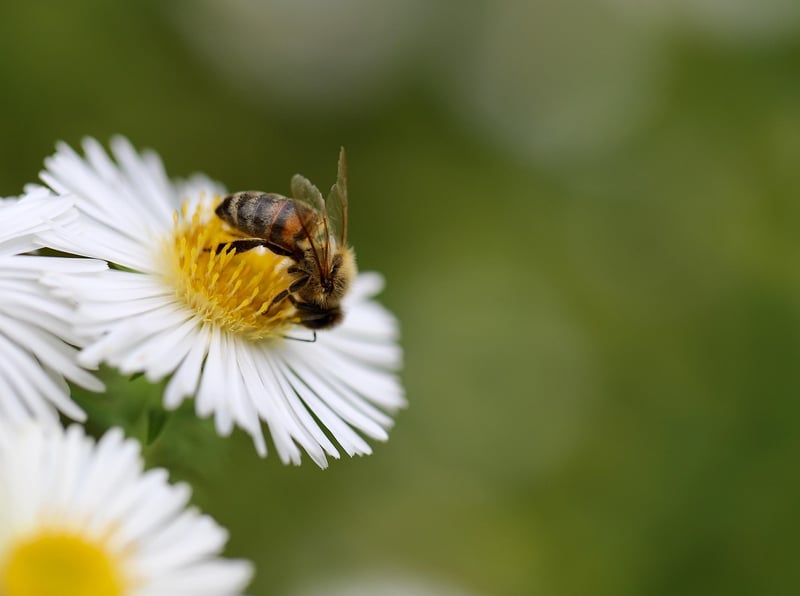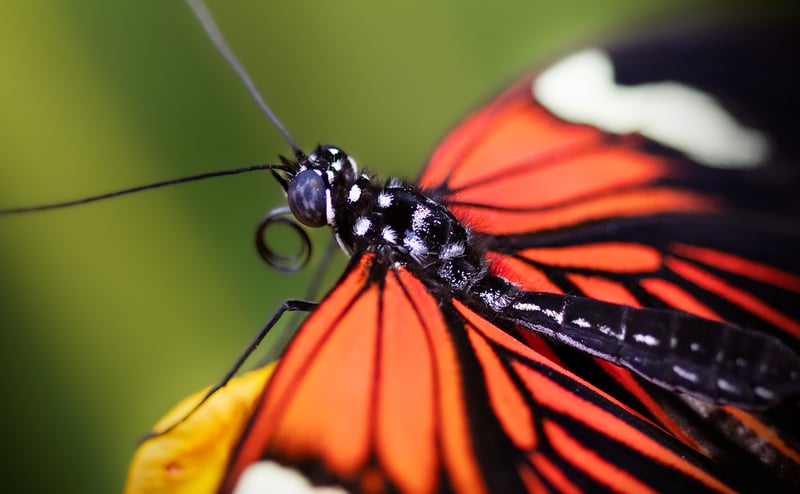Attracting Pollinators
The Importance of Creating Habitats for Pollinators

Pollinators play a crucial role in our ecosystem by facilitating the reproduction of plants. Bees, butterflies, birds, and other pollinators transfer pollen from one flower to another, which allows plants to produce fruits and seeds. However, pollinator populations are declining due to various factors like habitat loss, pesticide use, and climate change.
Why Attracting Pollinators is Important
Attracting pollinators to your garden or outdoor space can have numerous benefits. Not only does it help support local biodiversity, but it also increases crop yields for farmers and enhances the beauty of your surroundings with vibrant flowers and visiting wildlife.
How to Create Pollinator-Friendly Habitats
Here are some tips to create habitats that attract and support pollinators:
- Plant a diverse range of native flowers, shrubs, and trees that provide pollen and nectar throughout the year.
- Avoid using pesticides and opt for natural pest control methods to protect pollinators from harm.
- Provide shelter for pollinators by incorporating features like bee hotels, butterfly houses, and nesting sites.
- Include water sources like birdbaths or shallow dishes with rocks for pollinators to drink from.
- Leave some areas of your garden untamed, with leaf litter and dead wood, to create nesting sites for pollinators.
Attracting Pollinators with Specific Plants
Certain plants are especially attractive to pollinators due to their high nectar and pollen content. Consider adding these pollinator-friendly plants to your garden:
- Lavender
- Black-eyed Susan
- Bee balm
- Milkweed
- Coneflowers
- Butterfly bush
By creating a welcoming environment for pollinators, you can contribute to the conservation of these essential species while enjoying the benefits of a thriving garden.
Remember, every small effort counts in preserving our pollinators and the natural world they support!

